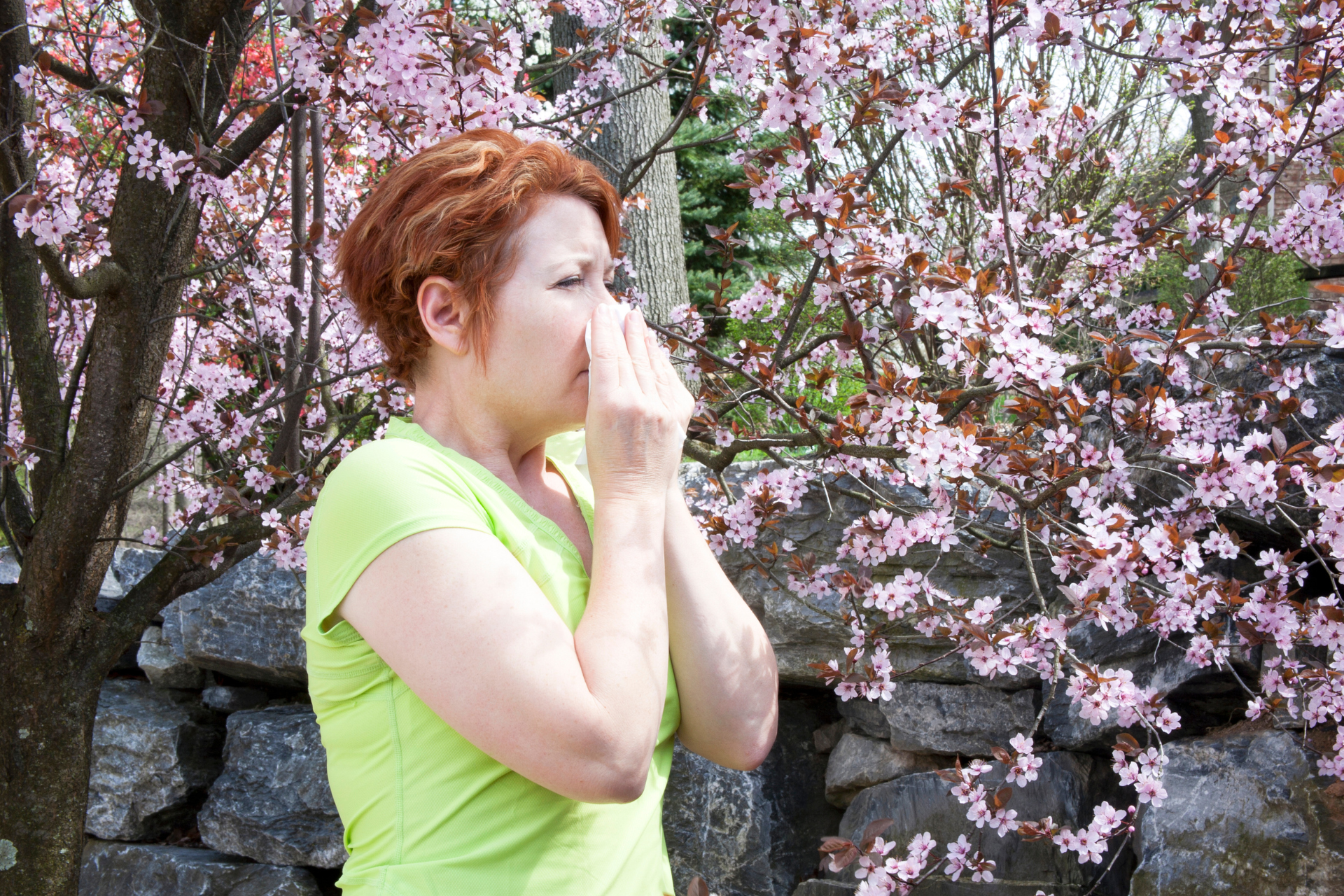Allergies 101: How to Manage Seasonal Allergies Effectively

As the seasons change and flowers bloom, many individuals find themselves facing the dreaded symptoms of seasonal allergies. Sneezing, itching, and congestion can put a damper on enjoying the great outdoors. At Fall Creek Skin and Health Clinic, we understand the impact that allergies can have on your daily life, which is why we're here to provide you with tips on how to manage seasonal allergies effectively.
Understanding Seasonal Allergies
Seasonal allergies, also known as hay fever or allergic rhinitis, occur when your immune system overreacts to allergens such as pollen from trees, grasses, and weeds. These allergens trigger the release of histamine, leading to common symptoms like sneezing, nasal congestion, itchy eyes, and a runny nose. While seasonal allergies are typically more prevalent in the spring and fall, they can also occur during other times of the year depending on the specific triggers in your environment.
Identifying Your Triggers
The first step in managing seasonal allergies is identifying your specific triggers. Keep track of when your symptoms worsen and try to pinpoint the allergens responsible for your discomfort. Common outdoor allergens include tree pollen in the spring, grass pollen in the summer, and ragweed pollen in the fall. Indoor allergens such as dust mites, pet dander, and mold can also exacerbate your symptoms year-round.
Effective Management Strategies
Once you've identified your triggers, it's time to implement effective management strategies to minimize your exposure and alleviate your symptoms. Here are some tips to help you manage seasonal allergies effectively:
1. Monitor Pollen Counts
Stay informed about pollen counts in your area and try to limit your outdoor activities on days when pollen levels are high. Keep windows closed and use air conditioning to filter out allergens.
2. Practice Good Hygiene
Shower and change your clothes after spending time outdoors to remove pollen from your skin and hair. Wash bedding frequently in hot water to rid it of dust mites and other allergens.
3. Use Nasal Irrigation
Neti pots and saline nasal sprays can help rinse allergens from your nasal passages and provide relief from congestion and nasal symptoms.
4. Take Over-The-Counter Medications
Antihistamines, decongestants, and nasal corticosteroids can help alleviate your symptoms and provide temporary relief. Consult with your healthcare provider before starting any new medications.
5. Consider Immunotherapy
Allergy shots or sublingual immunotherapy can help desensitize your immune system to specific allergens over time, reducing the severity of your allergic reactions.
Seeking Professional Help
If your seasonal allergies are interfering with your daily life despite these management strategies, it may be time to seek professional help. Our team at Fall Creek Skin and Health Clinic is dedicated to providing comprehensive care for patients of all ages dealing with allergies and other health concerns. Schedule an appointment with our experienced healthcare providers to discuss your symptoms and develop a personalized treatment plan tailored to your needs.
Conclusion
While seasonal allergies can be a nuisance, they don't have to take over your life. By understanding your triggers, implementing effective management strategies, and seeking professional help when needed, you can better manage your symptoms and enjoy the changing seasons with greater ease. At Fall Creek Skin and Health Clinic, we're here to support you on your journey to optimal health and well-being. Don't let allergies hold you back – take control of your symptoms and live your best life.




